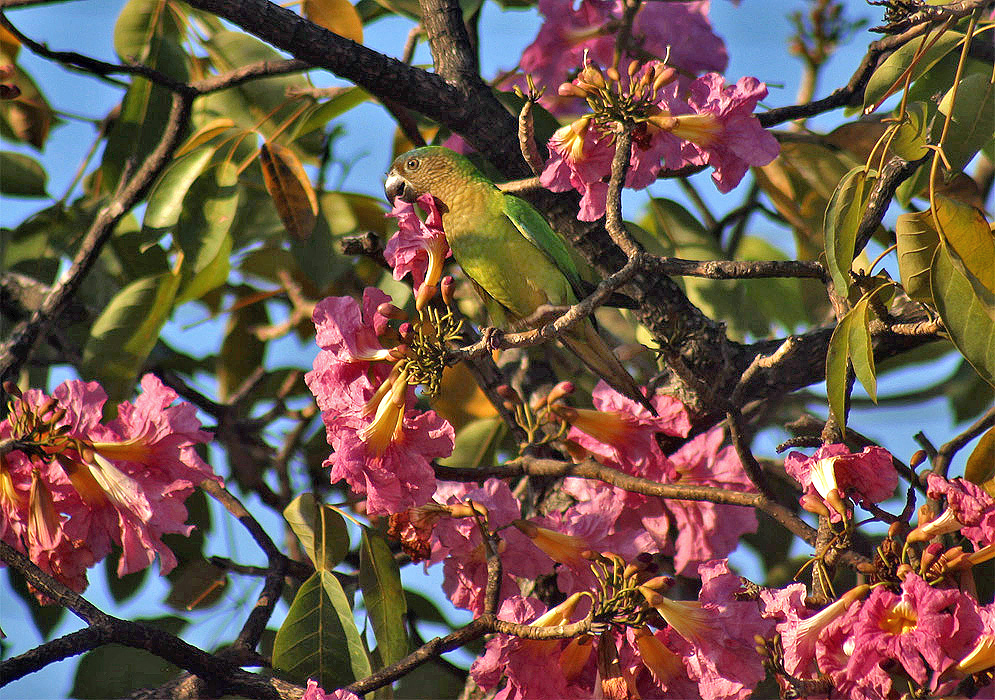This post has 11 Simple Fields-fields attached. Show fields.

Native to Central America and northern South America, Tabebuia rosea thrives in tropical and subtropical climates, where it is widely distributed from southern Mexico through Panama and into parts of Colombia and Venezuela. This deciduous tree typically grows in open, sunlit areas and is well-adapted to a variety of soil types, including sandy and clay soils, as well as sites that experience both wet and dry seasons. Reaching heights of up to 80 feet, it develops a broad canopy that provides ample shade, making it a popular choice for urban landscapes and parks across Latin America and other regions where it has been introduced. The tree's showy, trumpet-shaped flowers, which appear in dense clusters, range in color from white and pale pink to a striking lavender-pink with a yellow throat, creating an impressive display during its flowering season, which usually coincides with the dry months when it sheds its leaves, allowing the flowers to stand out more vividly. Extracts from its bark traditionally used in local medicine to treat various ailments, including respiratory conditions and infections. Photographed in Panama.

